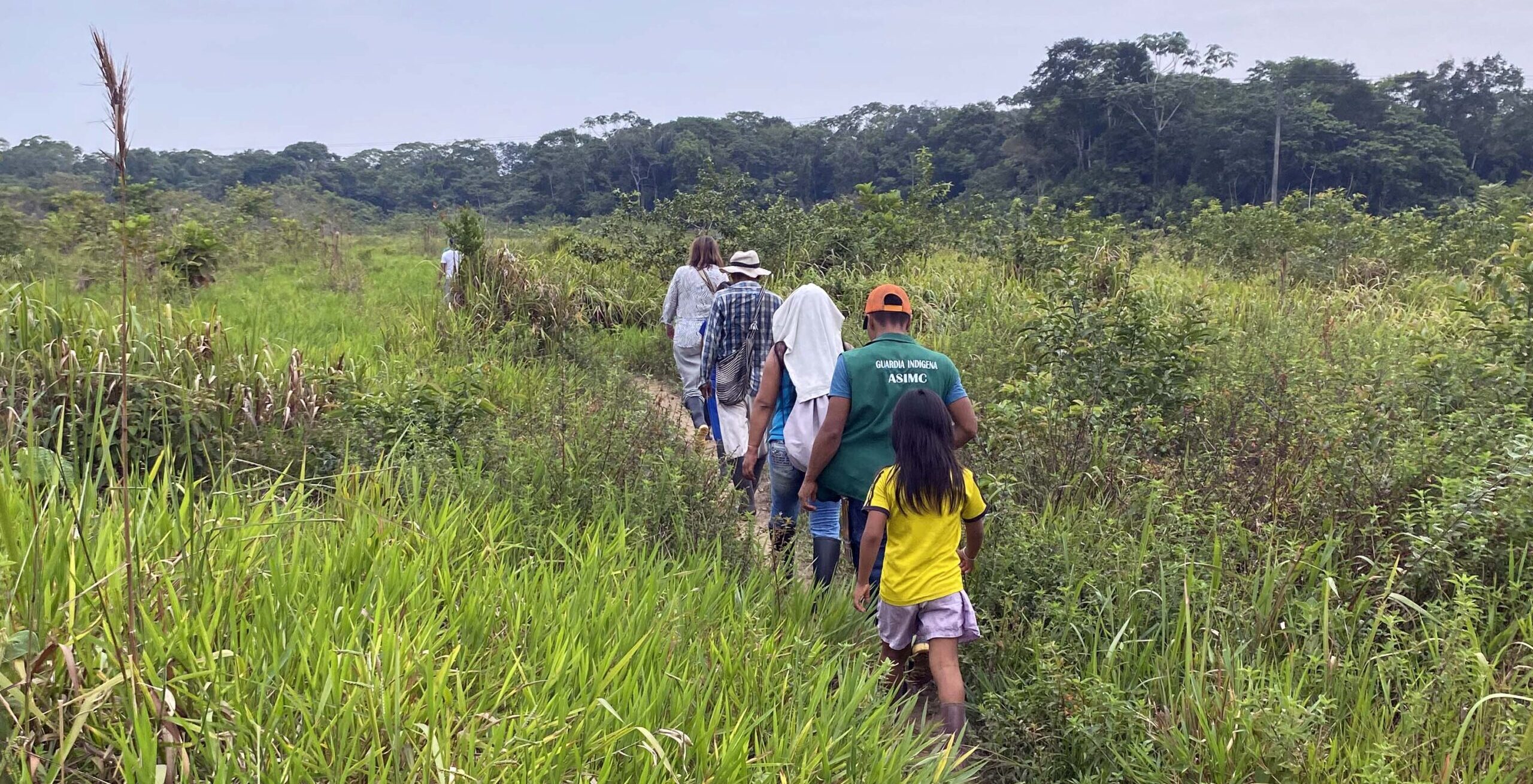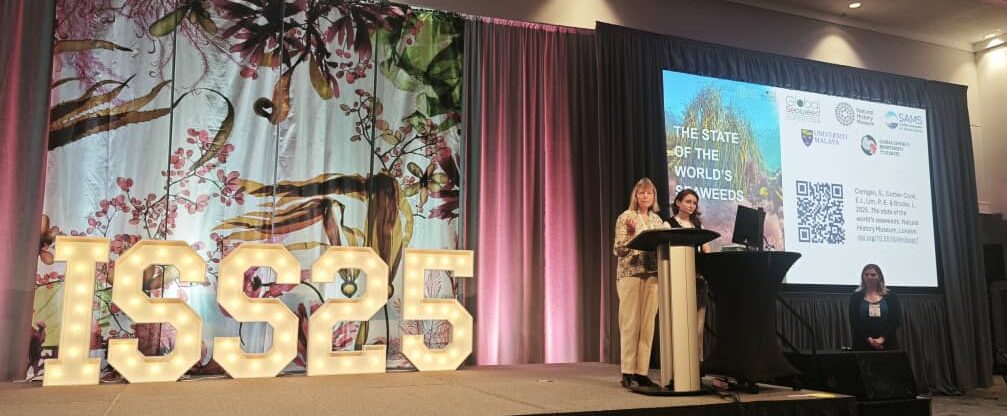
27 November 2025
post
Learning from Indonesia: Local Wisdom for Sustainable and Inclusive Land Use
27 November 2025
post
Learning from Indonesia: Local Wisdom for Sustainable and Inclusive Land Use
13 November 2025
post
Recognising Indigenous Stewardship of Nature in Cambodia
29 July 2025
post
Weaving Transformative Resilience and Active Hope: An Alliance in the Face of Climate Change in the Gran Tescual Indigenous Reservation
24 July 2025
post
When Youth Draw What Matters: Native Crops, Climate Change, and Connection
20 June 2025
post
Pathways to Sustainable Agriculture: Insights from LEAF Indonesia in Gorontalo
29 May 2025
post
Potatoes, People, and Photobooks: The International Potato Center’s (CIP) Climate Response in the Andes
16 May 2025
post
Tropenbos Colombia Establishes Centre for Intercultural Tree Seed Management
16 May 2025
post
GlobalSeaweed SUPERSTAR: New Landmark Report Outlines Threat to Global Seaweeds
16 April 2025
post
EMBRACE: Reviving Forgotten Food Crops, Securing the Future
16 April 2025
post
Building Adaptive Fisheries Governance Capacity: Can adaptive governance improve fisheries management?